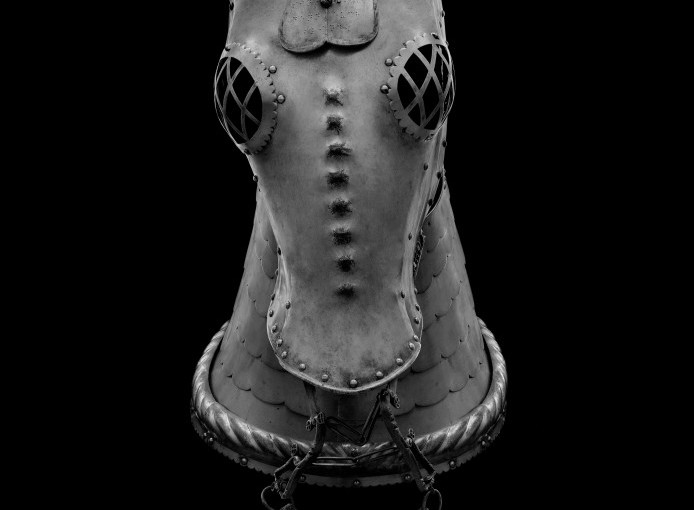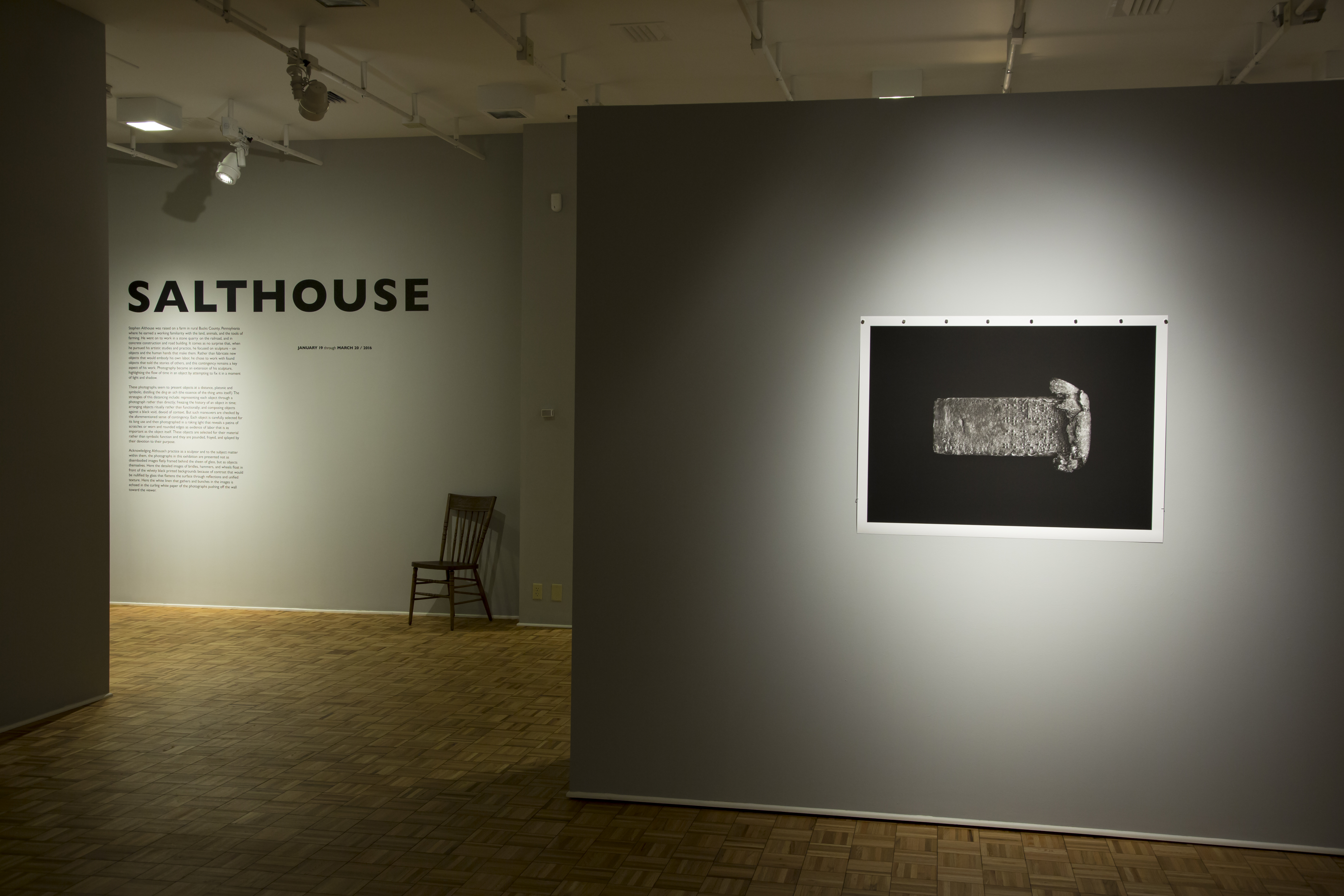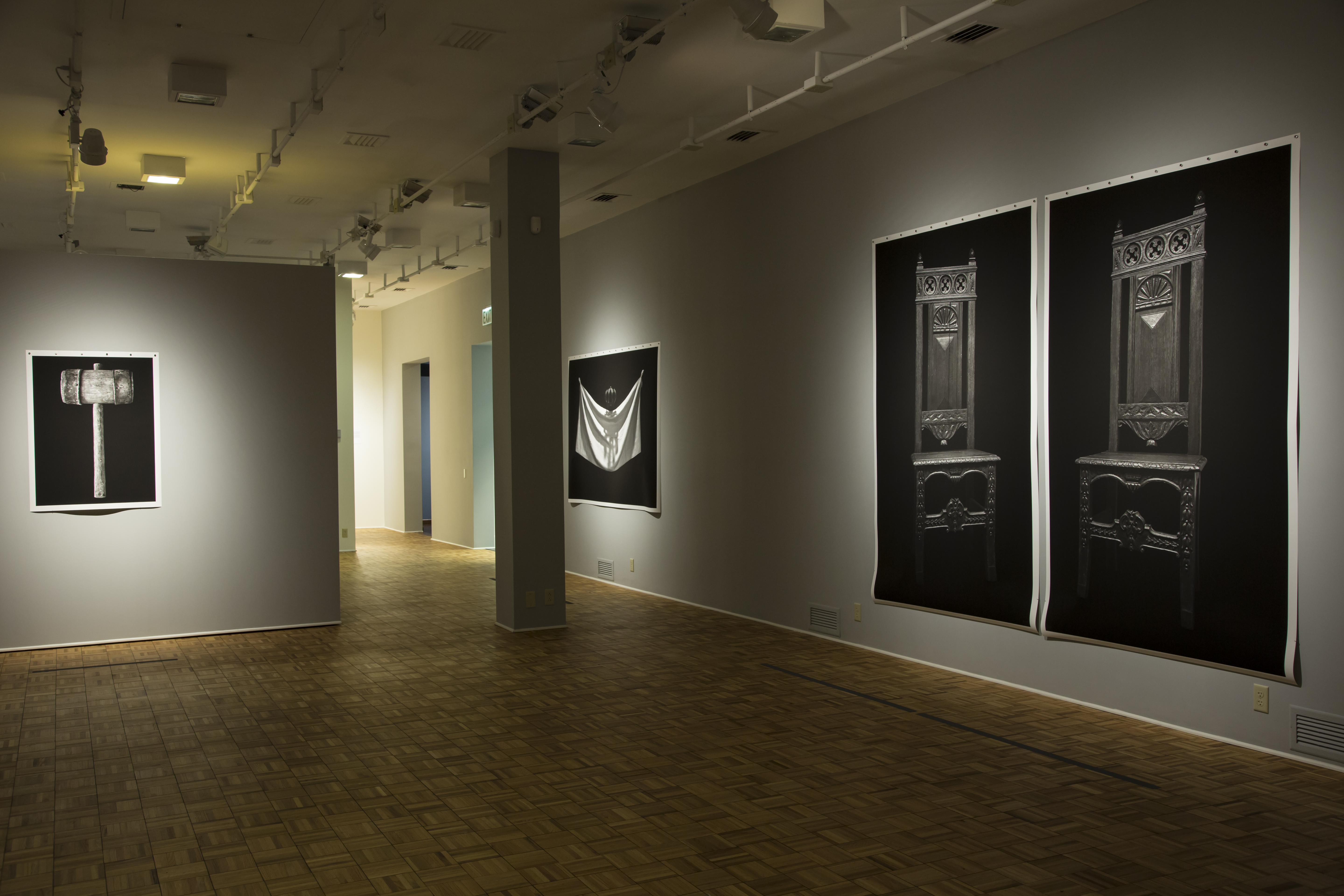Art, as a series of rejection, absorption, and relentless uncertainty, portrays the mystery of humankind. Bucknell’s Samek Art Museum currently hosts Salthouse by Stephen Althouse, featuring unconventional photographs that capture such paradoxes. In his seemingly sculptural works, he embeds passivism, religion, the blindness to atrocities, and the lamentations of suffering and sorrow. He seeks to “acknowledge our strengths and weaknesses” while pondering human contradictions. I visited the gallery with Greg Stuart, Samek Art Museum public programs manager, to experience the physical presence of Salthouse and fully comprehend how he accomplishes this mission.
Upon entering Samek, I noticed the photographs’ intimate level of details that could not be portrayed on the internet. Looking in person created an entirely new experience. “Althouse spends hours getting his camera into the right focus,” Stuart explains, “Then, after capturing many images with different focus points and exposing them for eight minutes, he photoshops the images so all the different focuses are together in one image.” This technique creates a seemingly sculptural three-dimensional work.
The presence of bold shapes set in negative space, with the tonalities of grey and black, sets a meditative environment. Knot III, a photograph of horse armor set in the distance, ignites a tranquil yet emotional response. Althouse, as a Quaker and conscientious objector to the Vietnam war, sends an antiwar message through this image. On the helmet, braille script reads, “Are we not blind” and “My harp is broken.” Interestingly, we must remember that this is a two-dimensional image so someone who is blind cannot trace their fingers to read this and those who have vision cannot read braille. Stuart explains that this adds to “a sense of mystery and a power of the unknown.” Additionally, the helmet appears worn signifying an unknown war story behind the object itself. We are left in the dark, like the object itself, so we embed our own emotions and interpretations into the historical story, adding our own personal meaning.
I asked Stuart what resonated with him when Stephen Althouse visited Bucknell: “Stephen talks about the little moments in life, like the Broken Bow image. He was exploring a city and heard beautiful violin music playing. As he followed the source, he found a poor man playing. There was such a contrast between the beautiful and the impoverished.” Like the horse described above, none of these objects are inherently beautiful but are objects of everyday moments. Althouse uses this contrast in his photography to capture the beauty in atrocities. And the atrocities in beauty.
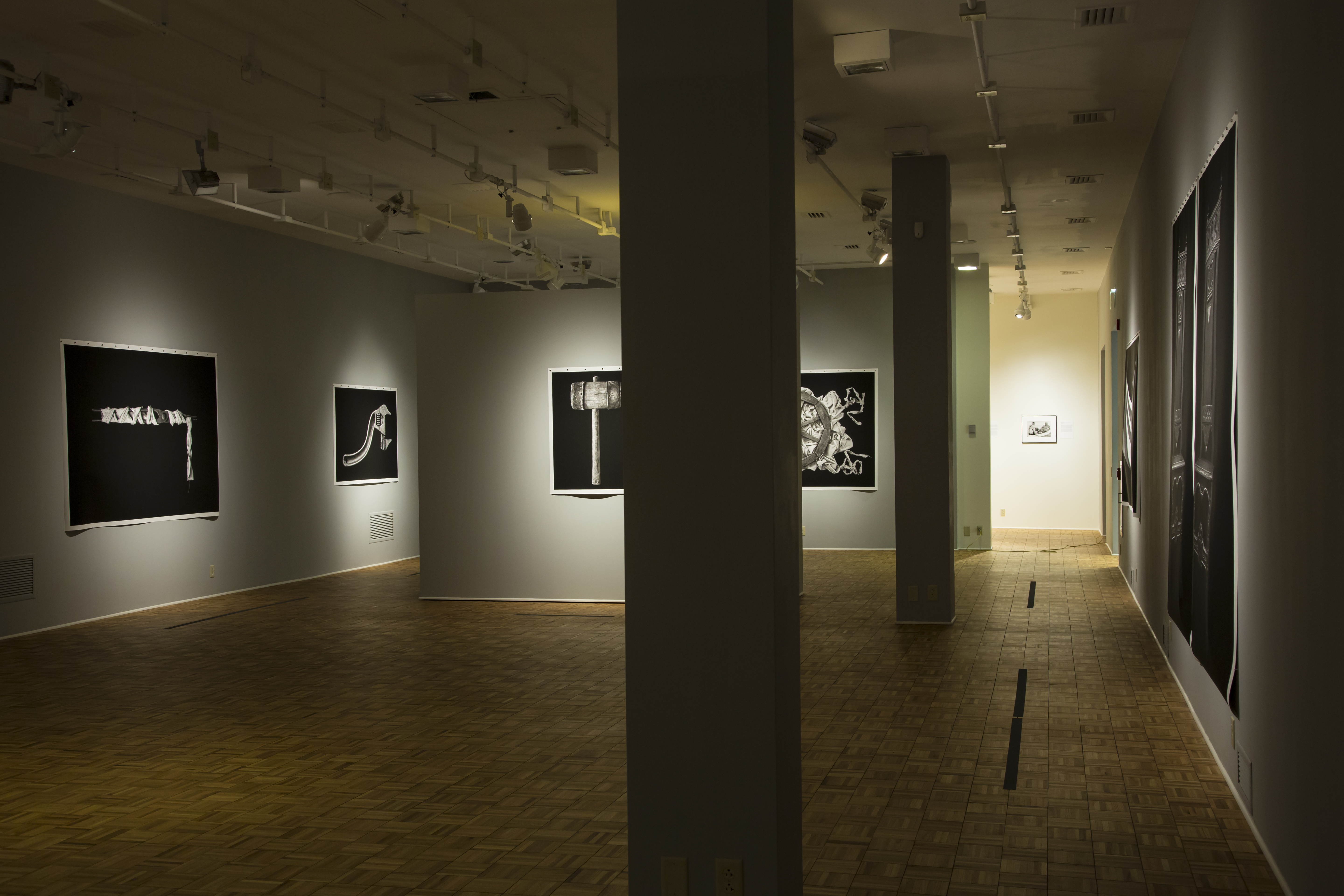
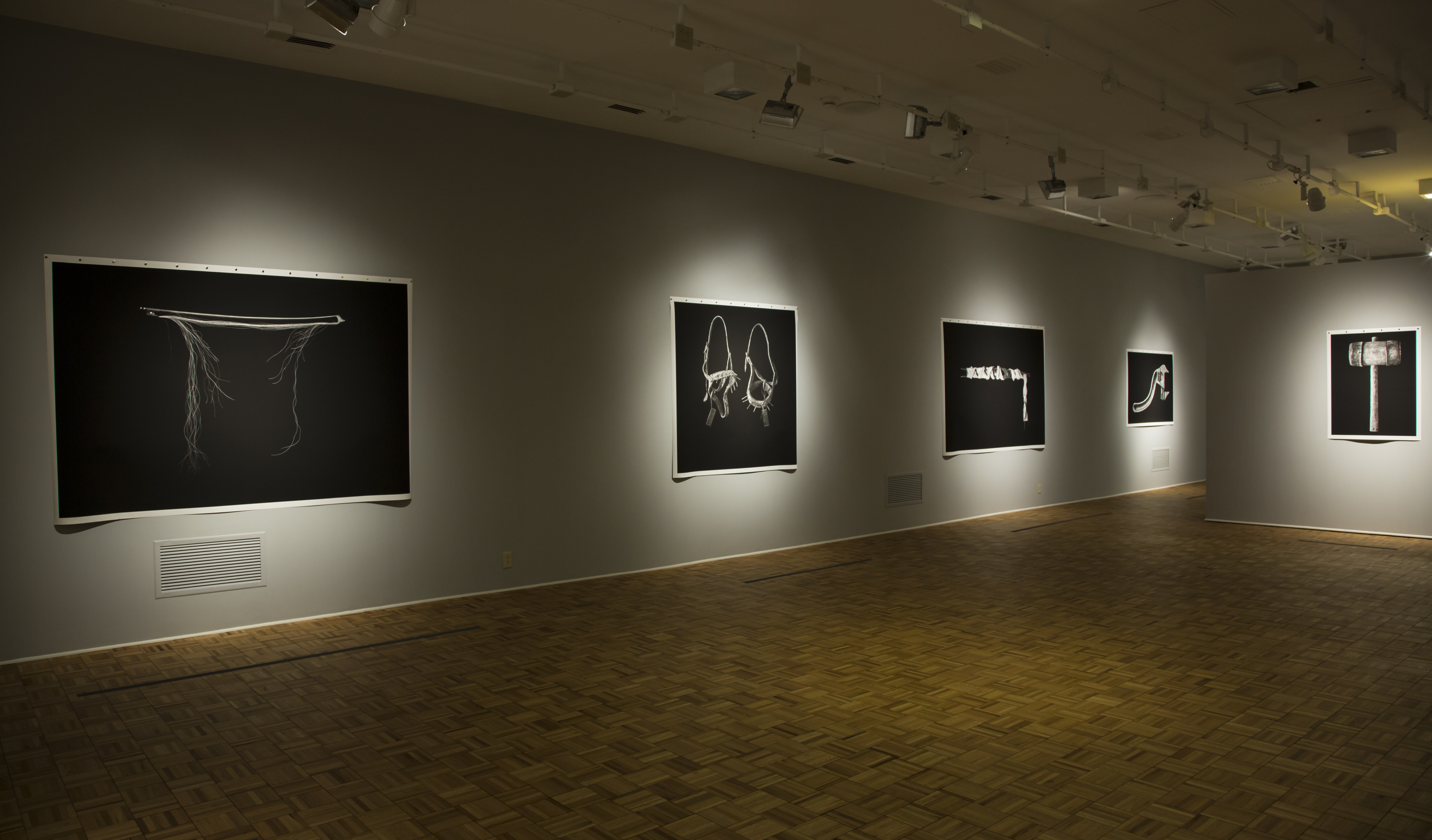
Open until March 20. Location: Third Floor, Elaine Langone Center, Bucknell University
*All photos provided by Greg Stuart of Samek Art Museum
